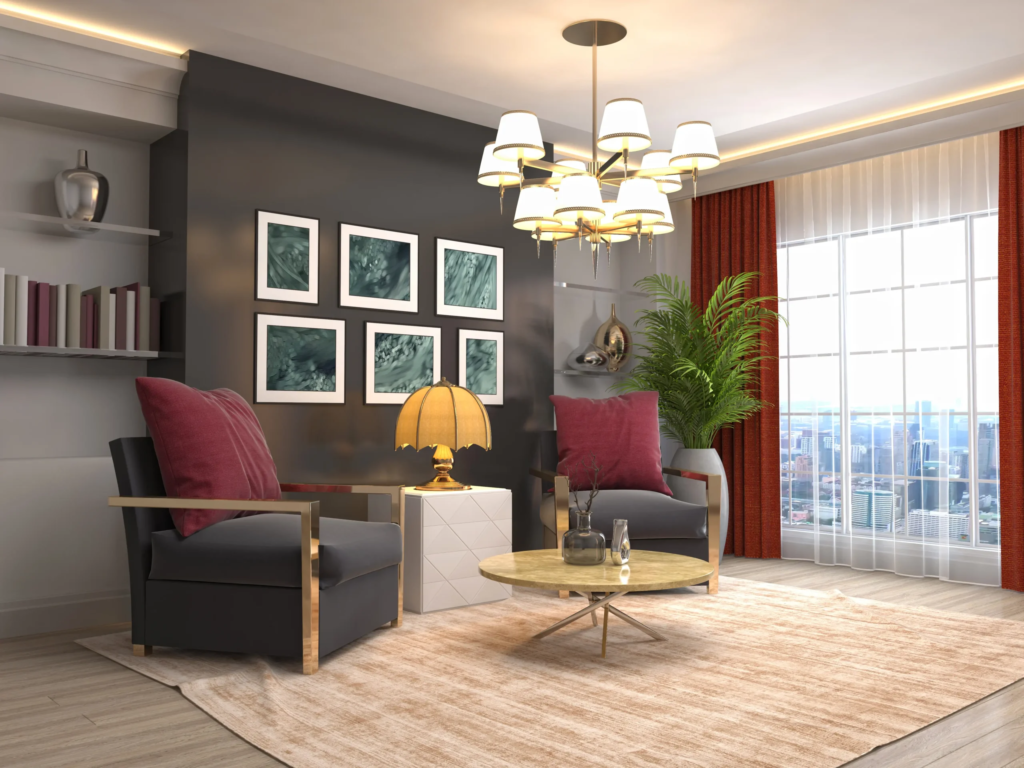By Team Garcia– Remodelling and Construction in Miami, FL
Embracing the Future of Home Design
As we move into 2025, homeowners are looking beyond mere aesthetics when it comes to remodeling. Today’s remodeling trends prioritize functionality, sustainability, technology, and personalization in creating living spaces that are not only beautiful but also smart, efficient, and tailored to individual lifestyles. Whether planning a full-scale renovation or a small upgrade, understanding the latest trends can inspire transformative changes that elevate everyday living.
Let’s explore the top remodeling trends of 2025 that are reshaping the way we think about home design.

1. Sustainable and Eco-Friendly Remodeling
Environmental consciousness is at the forefront of remodeling decisions in 2025. Homeowners are opting for sustainable materials and energy-efficient solutions to reduce their carbon footprint and lower utility costs.
Key Elements:
- Recycled and Renewable Materials: Bamboo flooring, reclaimed wood, and recycled glass countertops.
- Energy-Efficient Appliances: Smart thermostats, ENERGY STAR-rated appliances, and induction cooktops.
- Water Conservation: Low-flow fixtures, rainwater harvesting systems, and drought-resistant landscaping.
Why It Matters:
Sustainable remodeling not only helps the environment but also creates healthier living spaces. Improved air quality, lower energy consumption, and reduced waste contribute to long-term savings and a sense of responsible living.
Problem: Rising Energy Costs and Environmental Impact
Solution: Homeowners are integrating solar panels, energy-efficient HVAC systems, and smart energy monitors to track and manage consumption. General contractors knowledgeable in green building can help homeowners achieve certifications like LEED (Leadership in Energy and Environmental Design).
2. Smart Home Technology Integration
Technology is seamlessly blending into home design, offering convenience, security, and energy management. Remodeling in 2025 increasingly includes smart home features that enhance the user experience.
Popular Innovations:
- Voice-Activated Systems: Lighting, heating, and entertainment controlled via voice commands.
- Smart Kitchens: Appliances that suggest recipes, track inventory, and automate cooking processes.
- Home Automation Hubs: Centralized control of lights, security, and climate through smartphones or tablets.
Why It Matters:
Smart homes offer unmatched convenience and efficiency. Real-time alerts, remote access, and automation streamline daily tasks, enhance security, and improve energy management.
Problem: Integration Challenges with Existing Systems
Solution: Professionals conduct assessments to recommend compatible devices and systems. Modular upgrades ensure scalability and future-proofing, allowing homeowners to expand smart capabilities over time.
3. Multifunctional Spaces
With remote work and flexible lifestyles becoming the norm, homes need to adapt. Remodeling efforts now focus on creating versatile spaces that serve multiple purposes.
Key Features:
- Home Offices: Custom built-ins, ergonomic furniture, and soundproofing.
- Convertible Rooms: Guest rooms that double as gyms, playrooms, or media centers.
- Outdoor Living Areas: Patios and decks equipped with kitchens, seating, and entertainment options.
Why It Matters:
Multifunctional spaces maximize utility and value. They provide flexibility for changing needs, enhance productivity, and support a balanced lifestyle.
Problem: Limited Space in Urban Settings
Solution: Designers use creative solutions like Murphy beds, foldable furniture, and sliding walls to maximize function in compact areas. Built-in storage and custom cabinetry further optimize space.
4. Wellness-Oriented Design
Health and well-being are central to 2025 remodeling trends. Homes are being redesigned to promote physical and mental wellness.
Wellness Enhancements:
- Air and Water Purification: Advanced filtration systems improve indoor quality.
- Natural Light: Skylights, large windows, and open layouts for daylight access.
- Spa-Inspired Bathrooms: Soaking tubs, steam showers, and heated floors for relaxation.
Why It Matters:
A wellness-focused home supports better sleep, reduced stress, and overall health. By creating soothing environments, homeowners invest in their well-being.
Problem: Poor Indoor Air Quality and Lighting
Solution: Integration of HEPA filters, humidity control systems, and circadian lighting helps regulate air and light for optimal comfort. Biophilic design—incorporating nature indoors—also enhances mood and wellness.
5. Bold Colors and Personalized Aesthetics
Gone are the days of one-size-fits-all design. Homeowners in 2025 are embracing bold color palettes, unique textures, and personal expression in their remodeling projects.
Trending Styles:
- Accent Walls: Vibrant paint, textured wallpaper, or natural materials like stone and wood.
- Mixed Materials: Combining metals, woods, and textiles for visual interest.
- Customized Features: Statement lighting, bespoke cabinetry, and artistic tile work.
Why It Matters:
Personalized design fosters a sense of identity and ownership within the home. It allows homeowners to express their creativity and make spaces truly their own.
Problem: Balancing Bold Design with Resale Value
Solution: Designers advise using bold elements in easily changeable areas (like paint and decor) while keeping foundational features (like flooring and cabinetry) neutral for broader appeal.
6. Minimalism with Purpose
While bold designs are gaining popularity, there’s also a strong trend towards minimalist spaces that emphasize functionality and clarity.
Minimalist Elements:
- Open Floor Plans: Uncluttered layouts that encourage flow and openness.
- Hidden Storage: Built-ins and multi-use furniture to reduce visual clutter.
- Neutral Palettes: Soft tones and natural textures create calm, cohesive spaces.
Why It Matters:
Minimalism in 2025 is making intentional choices that enhance quality of life. Simplicity fosters tranquility, order, and focus.
Problem: Cold or Sterile Atmospheres
Solution: Incorporating warm lighting, tactile materials, and natural elements (like wood and plants) softens minimalism and creates inviting, livable spaces.

Bonus Trend: Aging-in-Place and Universal Design
As demographics shift, more homeowners are remodeling with future needs in mind. Aging-in-place design ensures that homes remain accessible and functional at every stage of life.
Features:
- Barrier-Free Showers
- Wider Doorways and Hallways
- Lever-Style Door Handles
- Smart Assistive Technology
Universal design benefits everyone, making homes safer and more comfortable without sacrificing style.
Conclusion: Designing for the Future
Remodeling in 2025 is about more than just changing a space, it’s about improving the way we live. By embracing sustainable practices, integrating technology, and tailoring design to personal needs, homeowners can create environments that are both modern and meaningful. Whether revitalizing a single room or reimagining an entire home, these trends offer inspiration for spaces that are ready to meet the future with style, function, and heart.
By staying informed and working with experienced professionals, homeowners can transform their spaces into havens of comfort, efficiency, and expression- a reflection not only of the latest trends but of the best versions of their lives.

